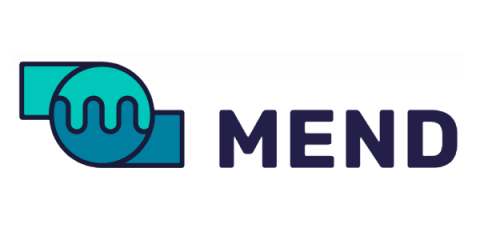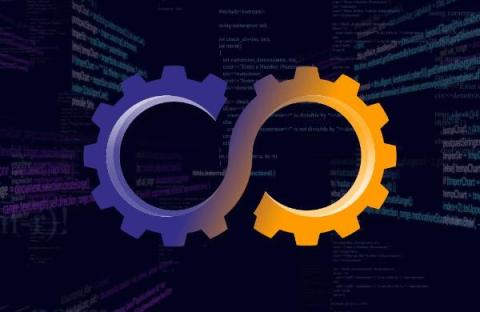What New Security Threats Arise from The Boom in AI and LLMs?
Generative AI and large language models (LLMs) seem to have burst onto the scene like a supernova. LLMs are machine learning models that are trained using enormous amounts of data to understand and generate human language. LLMs like ChatGPT and Bard have made a far wider audience aware of generative AI technology. Understandably, organizations that want to sharpen their competitive edge are keen to get on the bandwagon and harness the power of AI and LLMs.








